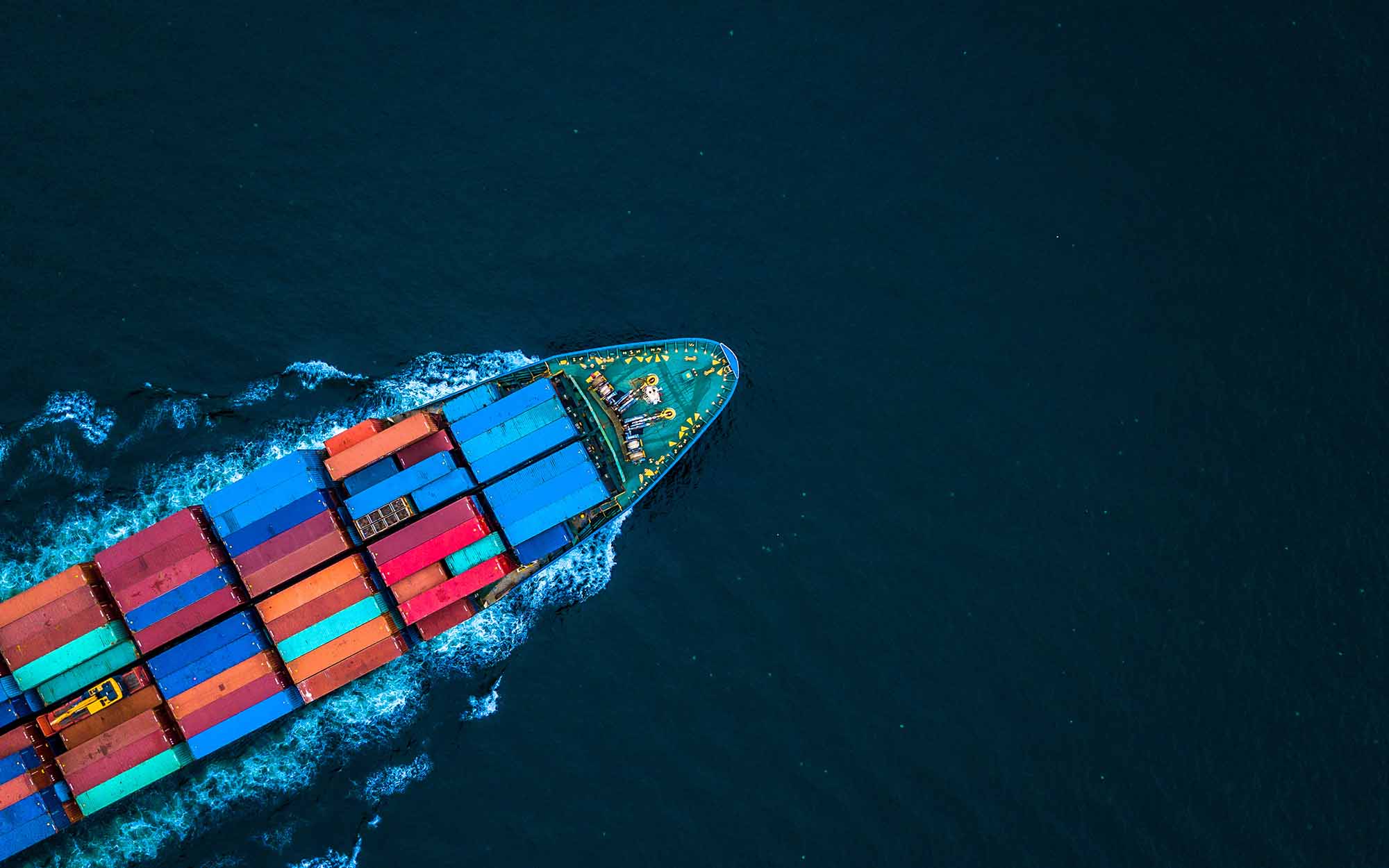
The COVID-19 pandemic contributed to one of the most impactful supply chain disruptions in history. Since Spring 2020, the global supply chain for all goods—from chicken to microchips and artisan bread—has been in a twist. With continued delays, low stock, and the long-term effects of material shortages, there seems to be no end in sight for the crisis.
So, what do the year-over-year supply chain problems look like, and how can we push ourselves along the road to recovery? Keep reading to learn more about the supply crisis and your place in it.
How Did COVID-19 Create Global Supply Chain Issues?
The COVID-19 pandemic brought an unprecedented need for recreational electronics and work-from-home equipment. These things helped people worldwide remain productive and pass the time as they waited out the quarantine and dealt with reduced working hours, furloughs, and unemployment. Manufacturers and warehouse spaces with outdated procedures, unoptimized equipment, and labor shortages struggled to keep up with the outrageous demand for goods. The pipeline collapsed under pressure, leading to global material shortages in many industries.
Increased material prices have compounded the issues of limited inventories. Manufacturing, shipping, and shelving goods has become prohibitively expensive. For example, the prices of electronic components, aluminum, resins, and plastics have increased between 10 and 40 percent. Semiconductors are expected to be hard to find through 2023.
In many cases, even the slightest wrinkle in a manufacturing process can have dire consequences for the rest of the production line. With issues across the industrial space, the supply chain is tangled. There’s a crunch for raw materials, labor, and funds to afford what is available. Addressing these knots is an involved process with no quick solution.
A Closer Look at the Global Supply Chain and Warehouse Shortages
There are many variables affecting the global warehouse and material supply issues. Labor shortages, production inefficiencies, and transportation issues have always been obstacles. However, the intensity of the COVID-19 pandemic and the addition of new problems like longer lead times and higher prices have exacerbated the tensions in the supply chain.
Here are explanations of a few of the most critical factors propelling the supply crisis:
Reduced Labor Supply
The pandemic has dramatically diminished the workforce across the global supply chain. Professionals in the warehouse space struggle to unload and distribute materials at the needed rate. Productivity is low, and logistics companies across the United States are overwhelmed and understaffed.
Skyrocketing Domestic Steel Prices and Demand
COVID-19 has forced many United States mills to slow steel production, resulting in fewer steel sources and higher material prices. The increasing demand for more cars, appliances, and equipment has wreaked havoc on the industry and delivered short- and long-term global supply chain issues.
Shipping Container Shortages
With slower distribution channels, many ports are overloaded and packed with containers that have nowhere else to go. Materials are stuck in limbo between the manufacturer and the consumer.
Transportation Issues
Material shortages and reduced labor have resulted in limited driver availability. Logistics companies cannot staff their facilities and coordinate the transportation of shipments, leading to longer lead times and production delays.
Are you having trouble navigating the industrial space? FW Warehousing offers all-inclusive solutions tailored to your warehousing and supply chain management goals.
Is There Hope for a Supply Chain Recovery?
The White House has acknowledged the importance of diverse and secure supply chains to ensure the integrity of the national and global economy. In February 2021, President Joe Biden announced an investigation into the nationwide material shortages in the hopes of addressing the weaknesses in the current supply chain.
Navigate the Supply Chain With FW Warehousing
The new normal is likely to be around for a while. Slow production and other problems are likely to last into 2023. As you endure these market conditions, it’s a good idea to partner with suppliers who understand the value of communication, responsiveness, and support. Identifying solutions to help you through these challenging times without sacrificing your growth is tough, but it’s not impossible.
FW Warehousing believes that successful business begins with open communication. We strive to build meaningful connections with our partners. Our facilities can flex space, trucking, and people to help you grow consistently. As a 3PL provider, we scale our incorporating operation, warehousing, and distribution services to scale to your needs and match your long- and short-term goals.
Ready to secure goods and materials with qualified specialists? Reach out today.

